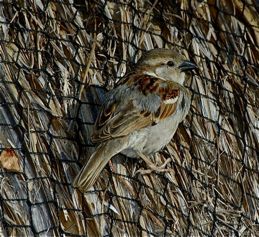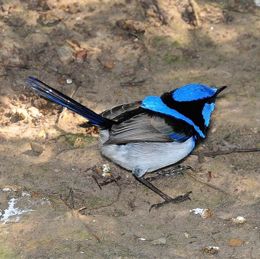It has been estimated that about 90% of all birds are socially monogamous. This is an arrangement in which a male and a female come together to rear their offspring. And since time immemorial, people have believed that such pairs show sexual fidelity.
But are monogamous birds actually faithful to their partners?
Birders have always noticed that many male birds keep watch over their female partners during the several days around egg-laying time. And ornithologists have since established these are the days when the females are fertile and can be fertilised by other males. So are the males watching over their partners to ensure that other males do not mate with them?
There are also birds that copulate frequently or copulate for an extraordinary long time. And ornithologists have suspected that these behaviour have something to do with ensuring of paternity.
Ringing experiments and lately, the availability of DNA fingerprinting, has enabled ornithologists to obtain proofs that most birds are actually promiscuous. The males are always seeking out females and the females, although socially monogamous, are also sexually promiscuous.
House Sparrows (Passer domesticus) (left top), for example, form season-long pair bonds and copulate as often as more than 20 times per hour. Even then, infidelity has been shown to be common, resulting in some 10-15% of all chicks being the outcome of extra-pair copulation. Ornithologists believe that this figure would be higher if copulation is not as frequent as what it is.
Another example is the Superb Fairywren (Malurus cyaneus) (left bottom). Breeding pairs cooperate to defend territories and feed the chicks. However, while the females are busy building their nests and incubating the eggs, the males visit neighbouring areas for extra-pair copulations.
As more and more species are studied, it is becoming apparent that sexually monogamous birds are the exception rather than the rule. And in many broods, one or more of the chicks have been fathered by intruder males.
From an evolutional perspective, such behaviour enables the philandering males to produce extra offspring at the expense of other males. To the females, it is possible that by carrying sperms of several males at the same time, there can be sperm competition in fertilising the eggs.
YC Wee
Singapore
December 2008
(Image of sparrow by YC Wee, that of fairywren by Johnny Wee)
References:
1. Alcock, J., 2004. Understanding bird behaviour. In: Podulka, S., R. W. Rohrbaugh Jr & R. Bonney (eds.), Handbook of bird biology. The Cornell Lab of Ornithology, Ithaca, NY. Pp. 6.1-6.98.
2. Birkhead, T., 2008. The wisdom of birds: An illustrated history of ornithology. Bloomsbury, New York. 433 pp.











2 Responses